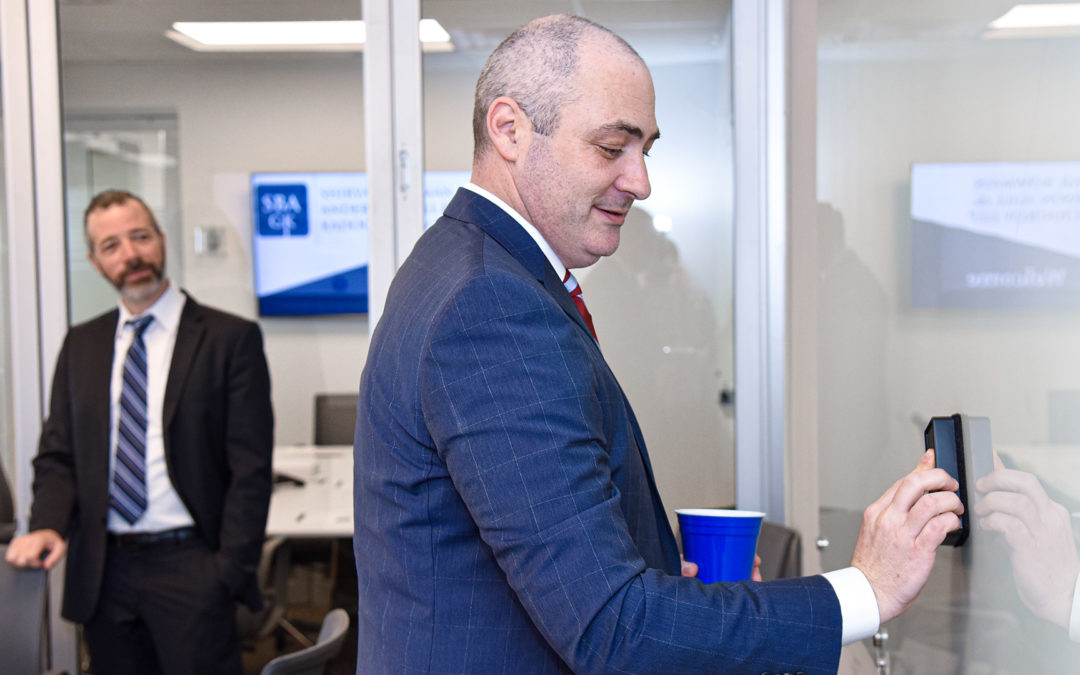One way to get permanent citizenship in the U.S. is through a green card earned through employment. The process can be complicated, however, and it involves commitment by the employee as well as the employer.
The job must be a full-time and permanent position. The term “permanent” means that the employer expects that the green card holder’s services will be ongoing. This means not temporary and not seasonal.
The type of job does not matter, so long as it is full-time and permanent. The steps to getting a green card through employment are listed below.
Priority Workers
Certain categories of workers qualify as “priority” and bypass the labor certification process. These employment-based (EB) “preference immigrant” categories are.
First Preference or EB-1: These workers include those who are foreign nationals with extraordinary ability in the sciences, arts, education, business or athletics. They include professors and researchers, as well as multi-national managers or executives.
Second Preference or EB-2: These workers are foreign nationals who are members of their profession, holding certain advanced degrees or have what is known as “exceptional ability.” This term is more than just a compliment. It is actually a narrow description of the category involved
Third Preference or EB-3: These workers are professionals or other skilled workers who are successful and excel in their field.
Labor Certification Process
If the position does not fall in one of the priority or preference categories, the employer and employee must undergo the labor certification process. Labor certification is a document given by the Department of Labor that allows the employer to file an employment-based immigration petition for a green card on behalf of the immigrant employee.
The U.S. employer must prove to the Department of Labor that no other qualified U.S. worker is willing and able to take this job. This step involves the employer undergoing a detailed recruitment process. If one U.S. qualified worker is willing and able to take the job, that person does not necessarily have to be hired but the position cannot be certified.
Application: The first step is for the employer to complete the application form DOL Form ETA-750. The employer provides the description of the job, education qualifications, training and experience needed, and a statement of the prospective immigrant’s qualifications.
SESA Review: The State Employment Security Agency (SESA) receives the application and stamps it, giving it its “priority date.” Modifications may need to be made to the application, and the employer will be notified if that is the case. One specific review will be made of the requirements for the position, as well as wage requirements.
Recruitment: The employer needs to begin a recruiting campaign, overseen by the SESA, to find U.S. applicants for this position before it can be certified. Requirements will be given as to how the position is advertised, and all applicants who meet the requirements, as listed, must be interviewed.
Submission of Results: The employer then must submit a detailed report of the results of the recruitment. The employer will need to show that the job position was properly advertised and go justify reasons for why any applicants were rejected.
Final Determination: The DOL will review the results of the recruitment process to ensure that everything was followed properly and no steps were taken to “fool” the agency and get the employee candidate hired. If the DOL agrees that no U.S. workers were qualified and available to fill the open position, the labor certification application will be approved.
If any U.S. worker is found to be qualified and available, this does not mean the employer has to hire that candidate. However, this does mean that the labor certification can be denied due to the availability of qualified U.S. workers.
Appeal of Decision: If a labor certification application was denied, it can be appealed, but the services of an immigration law attorney are recommended. Options for a

